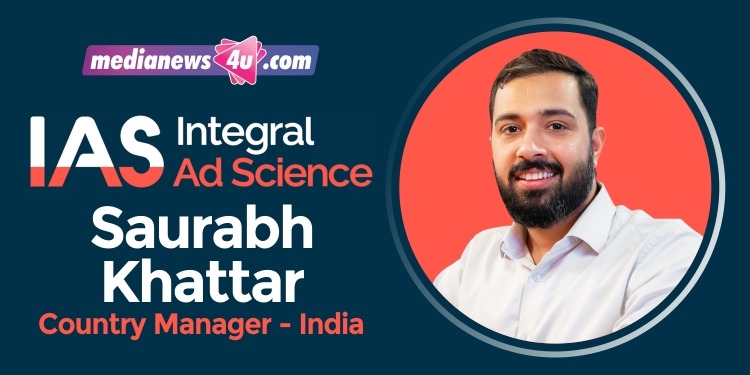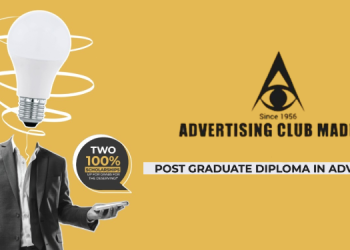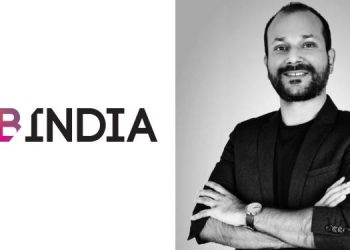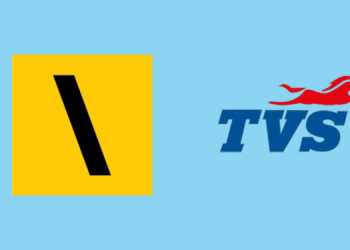Indian advertisers with an ad fraud mitigation strategy experienced fraud rate of around 1pc on their campaigns. In the case of those without one, or the unoptimised, the ad fraud rate was as high as 13pc globally, and on mobile mediums it was almost 16pc, according to Media Quality Report for H1 2022 by Integral Ad Science (IAS).
IAS is a digital media quality company that ensures digital campaigns are contextually relevant, brand-safe and fraud-free to minimise ad spend wastage and increase efficiency.
The Media Quality Report is released twice a year. The H2 2022 report will be launching soon.
In conversation with Medianews4u.com, Saurabh Khattar, Country Manager – India, Integral Ad Science (IAS), explained the three parameters of media quality: Brand Safety, Ad Fraud and thirdly the Viewability and Attention Matrix.
“Viewability is a big question for marketers and agencies. There are so many channels that advertisers spend money on; they cannot monitor everything. So, we provide the viewability scores, data and go beyond viewability to attention also. ‘Attention’, is a qualitative metric aspect. There are 15 plus attention metrics that we provide, the major one is ‘Time-in-View’. It gives the data to all these marketers and agencies for them to optimise their campaigns for better media and cost efficiencies,” said Khattar.
IAS has also tied up with Global Disinformation Index (GDI), an industry body looking at reducing disinformation. Together, they help marketers avoid misinformation content based on GDI’s standards so that IAS clients’ ads won’t be placed around such news.
He highlighted that an extension of ‘Brand Safety’ is ‘Brand Suitability’.
“There are certain universal categories every brand wants to be safe from, like, violence, hate speech, pornography, gambling, alcohol, illegal downloads, piracy, etc. We go above and beyond and work on brand suitability also. Within brand suitability, there are two categories which are contextual avoidance and contextual targeting. It also adds on as a solution for this cookieless world. We have 400-plus different segments. There could be a CPG or FMCG brand who wants its advertisement and content to be shown near food articles, at the same time it may want to avoid showing it around negative articles like those on say food poisoning. Brand suitability is very personalised for each and every brand, it’s according to their goals and KPIs,” he explained.
The spokesperson pointed to two broad categories of fraud: General Invalid Traffic (GIVT) and Sophisticated Invalid Traffic (SIVT).
He added, “GIVT is not always bad, sometimes there are search crawlers which index the pages on the web. SIVT is always bad, it’s like Bots who are trying to imitate human behaviour and generate fraudulent clicks and impressions on that advertiser’s content or advertisements.”
Khattar referred to other online tricks like stacking, where clicks are generated on ads stacked behind a visible ad, which are not visible to the viewer.
Programmatic driving growth
IAS started in 2009 globally, and entered APAC in 2015. It works with more than 2000 brands globally, including the likes of Nestle, GSK, Coca Cola, American Express, Standard Chartered and Samsung.
It started operations in India four years ago with its sales headquarter in Gurgaon and launched a centre of excellence in Pune two years back. In India, IAS has a workforce of around 150 people.
Speaking on growth plans, Khattar said, “We are growing rapidly in India. In 2022, we did a lot of innovation. Our major goal will continue to double down on our innovations that we are doing globally and also in India. Today there are a lot of new emerging media channels like audio, podcast, gaming CTV and there are many advertisement-related risks over them. So we are partnering with a lot of different players in these categories ensuring that we provide brand safety, fraud and viewability solutions over these channels also. We are doubling down on these innovations and making sure that we are partnering and providing measurement wherever possible to our clients.”
“In 2022, programmatic was a major growth driver, revealed Khattar, with 44pc growth in revenue globally. “This will not be a very different story in 2023 as we are still going to double down on programmatic as one of our key growth drivers and then social media followed by CTV,” he said.
Speaking on programmatic, Khattar noted a major challenge in programmatic. Quoting research by ISBA and PwC, he noted that if one spent Rs. 100 on programmatic, only 50pc of that amount reaches the publisher, with the rest being lost in platform fees, tech fees etc. with advertisers having no visibility on this. IAS provides financial transparency and visibility on the quality of the Supply Side Platforms and Demand Side Platforms, different parts and the cost of those parts. So, the brands can, in real time, optimise their campaigns in the programmatic environment, according to Khattar.
Revenue Growth
IAS works with media platforms like Meta, Twitter, Pinterest and TikTok and has integrated media quality solutions with them.
IAS revenue for 2022 increased by 26pc YoY. Total revenue for 2022 was $408.3 million compared to $323.5 million the previous year.
Key challenges faced by most of the players are not just limited to ad tech, but the financial headwinds, noted Khattar. How to drive efficiencies would be a big challenge and a focus area for Indian marketers in 2023, he surmised.

















